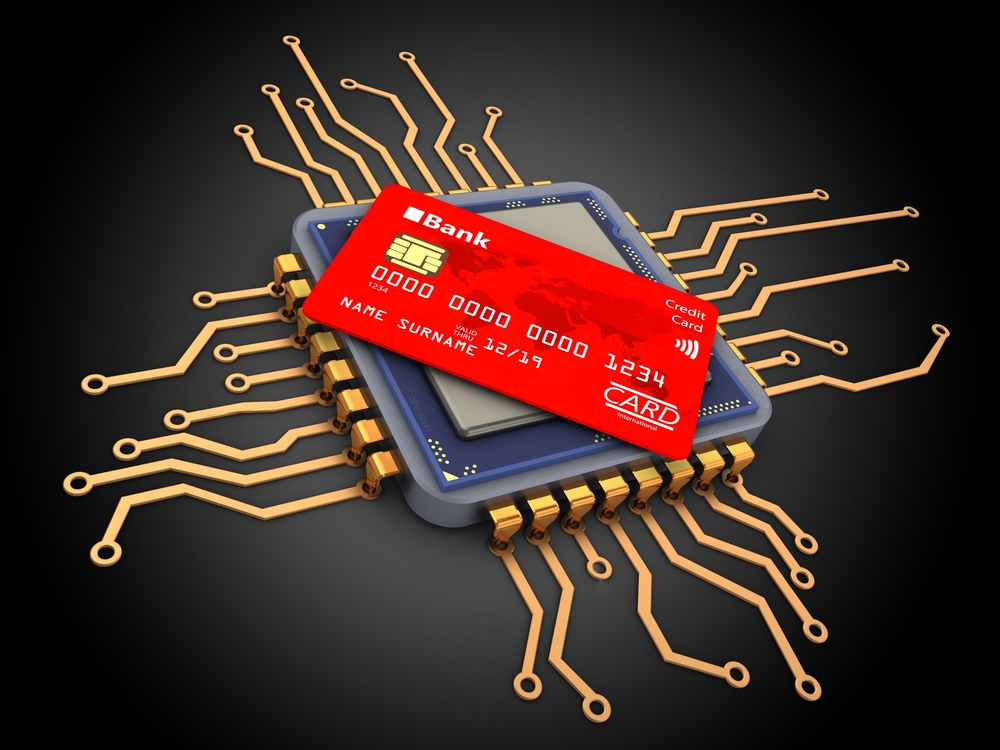Category: Payment Processing
-
Save Thousands by Optimizing Credit Card Processing Fees
If you’re a merchant, the fees on your merchant services statement can be an important indicator of how well your business is doing. But, if you’re unfamiliar with these charges and how they work, it can be difficult to understand what’s happening with your account. In this article, we’ll break down how these credit card…
Written by

-
Is Stripe a Good Processor? The SMB Killer
Business owners across the world know Stripe. Either from 1st-hand experience with the payments giant or because its difficult to not recognize due to it’s market share. In fact, Stripe is so popular that many people are blinded by the $$$ and ignore the red flags in front of them. What is Stripe.com? An aggregator,…
Written by

-
How to Use Multiple Payment Gateways to Boost Conversions
If you’re serious about your e-commerce business, then you need to have 2 or more payment gateways. What I want to show you today is how using multiple payment gateways can increase your profits, create a good relationship with customers and make things easier for you in the future. Not only that, you have the…
Written by

-
Stripe for Supplement Sellers? The #1 Payment Processing Tip
We’ve said it before and we’ll say it again — Stripe for supplement sellers is a bad idea. And if you’re thinking about or already using Stripe to sell supplements, now’s your chance to take action before it’s too late. Why So Many Sellers Use Stripe Stripe is a payment processing platform that allows you…
Written by

-
Stripe Shut Down My Account — How to Accept Credit Cards FAST
You’ve just been cut off from credit card processing by Stripe.com, and you’re in panic mode. There’s no time to waste—you need to get your gateway back up ASAP. Here’s the only guide you need to start processing credit card payments again after Stripe shuts down your account. Follow along below, watching this episode on…
Written by
